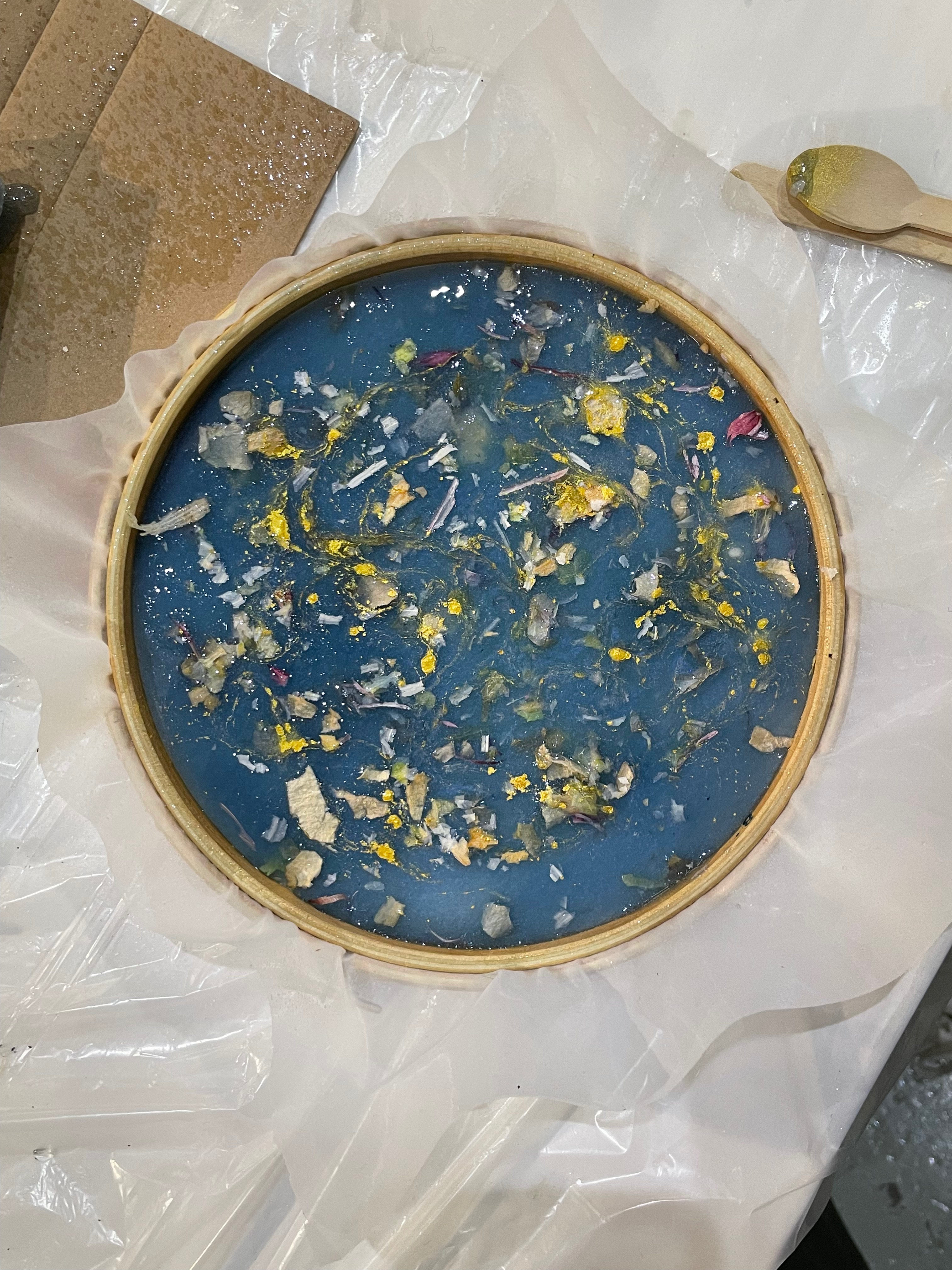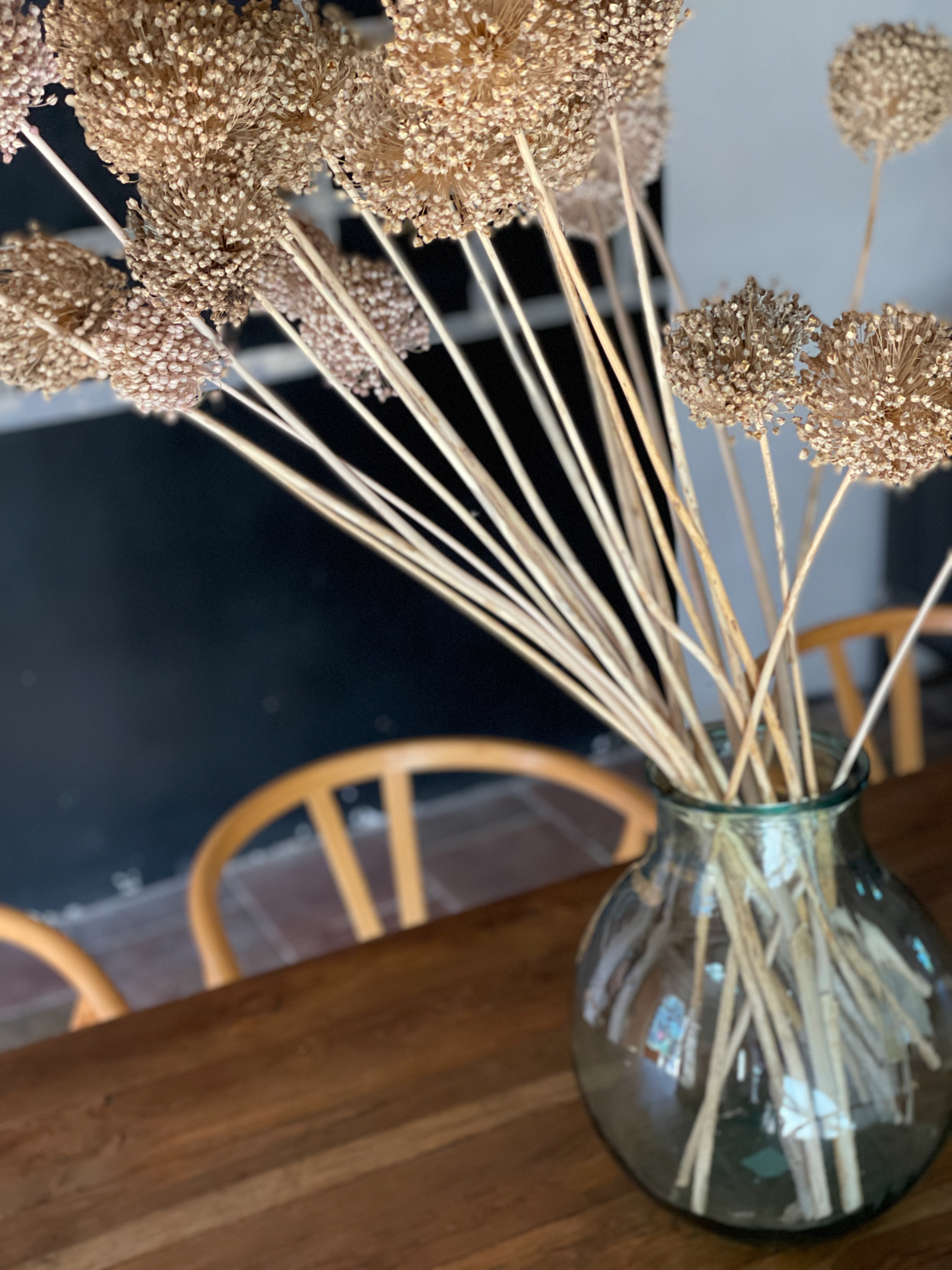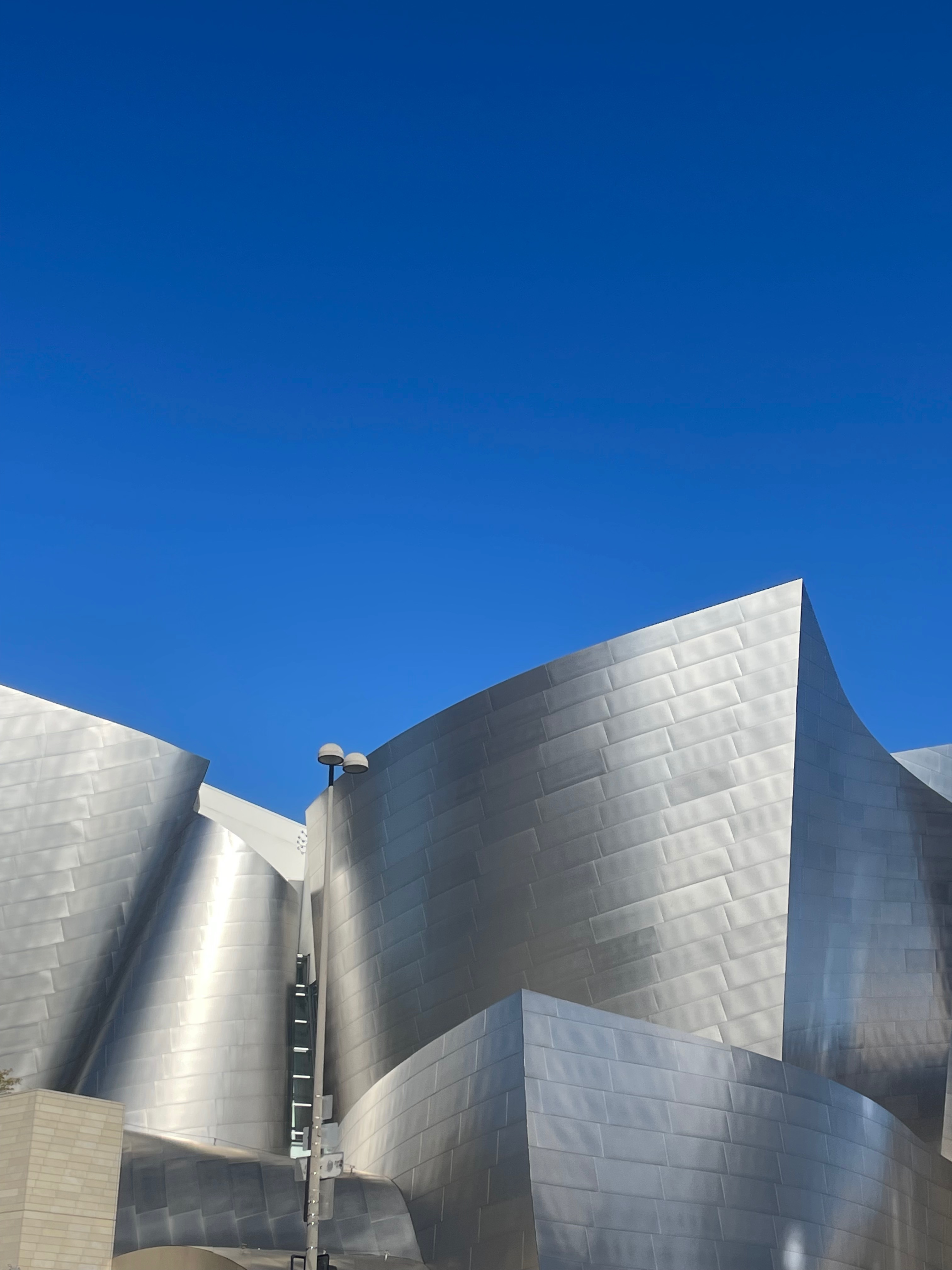
10. Remixing materials.
Exploring new ways and materials that can shape our future designs..
Read MoreMarch 09, 2022
Design for me is defined more as a mindset rather than a profession. It is the way we approach things and how we see the world. It is also the way in which we interact with our surrounding environment and how we engage with others. It helps us create bridges between different disciplines and interests. What I love most about design is the exchange of knowledge from different sources. In order to design something you must first start with curiosity, this curiosity will in time become action. Curiosity sparks initiative and motivates you to start looking for ways to improve your surrounding environment. This also comes from discomfort. We as designers have the curse (or blessing) of not being able to conform with things that don’t work properly for us. We tend to look for issues in order to study them carefully and then be able to diagnose them so we can make improvements. As apart of our process we do lots of research to recollect as much information as we can so we can make a more informed approach. This also includes integrating other participants into our design process. This is a key point, inviting others to collaborate with us and gaining more insights will always help you achieve a more complete vision of what is actually needed.
As designers we strive to improve our ways of living. This can be done by designing systems, products, interactions, spaces, anything. It is most of the times a relation between you and the environment. By changing small things we also contribute to the greater change. There is also a huge responsibility that comes with the task of designing. We have to understand that we change lives. We produce designs that will change how others will live and shape their behavior. This is a great responsibility and we want to impact others in a beneficial way. But we can’t have control over everything that will happen with our designs and how will people use them. We can try our best to study and analyze behaviors and trends in order to make predictions, but the best we can do always is to be conscious of the possible risks our designs may have. Participatory design is a good way to reduce risks. By integrating other members into your design process you gain other insights you may have not noticed or considered. You also get to know better the necessities of the project and who the user is going to be.
Design can give you the tools to change from being only an observer to becoming an active member of change for your community. This gives you the power to change your circumstances if they are not beneficial for you or others. Designs are ever changing, they keep evolving with time as they adapt to our necessities and requirements. Nothing ever stays the same in nature so a good design needs to keep up with the changes in its environment and become resilient. We as designers also don’t stay the same, if we did then that would mean we haven’t learned anything new with the passing of time. As we grow we gain more knowledge that we transmit into our designs to make improvements to them. In this sense there is never a fully finished design, there are just stages to it. We will always keep thinking of more ways to make it better or to adapt it to our new ways of being. This is what also adds fun and life to design, the challenge of keeping the exploration open to new possibilities.
What does design mean for me? This is a question I’ve always found difficult to answer. Every answer is always different depending on the context, or what I am doing at the moment. But in the end, all of this answers are what make my complete definition of design. Design for me is more than a discipline, it’s a mindset. Design is the approach to life which helps you develop solutions and contribute to creating improvements on our ways of living. I always knew I wanted to study something related to design, ever since I was young, I just wasn’t sure what type of designer I wanted to be. Academic institutions back then had segmented design into different areas for you to choose, you could be a graphic, industrial, product, interior or fashion designer. Which made you think that you could only be one, and that they were individual and separate from each other. As I ventured into product design I realized that design encompasses all of them. You may be more inclined towards one but there is no straight definition of designer. We all create our own profile by joining interests and skills to create something. As I said before this is more a mindset than anything else. It redirects to the way we see the world. To the way we live our everyday lives and how we influence the environment around us.
I was a bit conflicted with design in the sense that it was also portrayed as a merely aesthetic function. Making nice things so people would enjoy and admire them, creating more unnecessary objects that lead to mass consumption and obsolescence. I didn’t want to contribute to this so I thought I could provide a change. Making design participatory made me believe that design can go way further into improving people’s lives and not just function to look nice. When I started designing, it was usually a design made ‘for’ the users which I found was very limiting. There is only a certain amount of information you get from observing and deciding from your own perspective what you think is best for them. When you design with the user, things get more interesting. You are presented with so many aspects and situations you didn’t consider. I always found it more rich to talk to people and make them part of this design process. It is true that this can also be tricky because in most cases people don’t know what they want. People are used to wanting what others have or what the trend is dictating, so what they tell you can be biased. That’s why design research needs to go deeper into the specific situation you are designing for. First person perspective helps you come into context with who you are designing with. By using different tools for design research you can get more accurate information. By combining this information and a design mindset you are then able to design the solution.
A good designer is the one that is able to yield on his preconception of what they wanted their design to look like. Instead they are able to see beyond that and understand that their design will be ever evolving. You always stumble upon new knowledge that can shape the way you perceive something. Design in this way is more flexible, it adapts to the context and participants. It should also be changing constantly; situations, context, people and knowledge never stay the same. In this sense, a project is never final. We are constantly changing and learning new things that can contribute to the improvement of our designs and with it, our lives.
Improving people’s lives isn’t always an easy task. Who actually defines what is better or not for someone? In this new era we are living called the Anthropocene, we have put humans at the center of everything. Leading to a great disconnection from our natural environment. This affects us in every way, nature is a big game changer in terms of the conditions we live in. With our everyday actions we are impacting our environment and causing great changes which are not necessarily beneficial. When we “cheapen” things, in the sense that Jason W. Moore describes in “History of the World in Seven Cheap Things”, we use them for our own benefit without caring about the possible consequences of our actions. We don’t care if eating a nugget is contributing to poor labour conditions or climate change, we just want to eat it. We have made use of the resources around us to benefit from them but we don’t realize that by not caring about them we are actually condemning ourselves. Humans are used to immediacy and accessibility. We developed designs that help us live this supposedly “better” lives without knowing or just not caring if that would lead to a destruction of our ecosystem.
Designers have a huge responsibility when designing. We have to take into consideration the possible outcomes of our designs. Because not everything coming from them can be controlled or predicted, we leave a lot of space to possibilities. These could be beneficial or harmful depending on our approach or the use our users give to it. We could try analyzing trends and behaviors in order to have a more controlled outcome but it will always be more unexpected than expected. So what can we do in this sense? If we were to stop and worry about all the possible scenarios in which our designs could go wrong, then nothing would see the light of day. But we could try designing more consciously and inclusively. This will provoke dialogue and exchange in perspectives from different profiles which will make the project more rich. By observing and interacting with our environment we can gain sensibility towards future trends which will help us make better predictions.
Design is a mean for exploring ways in which we can influence and improve our relationship with our environment. Design in my case, helps me connect with situations around me that are emerging and motivate me to develop an improvement. I’ve always found it very intriguing to create a collaboration between the materials you use and the final product and user. Design helps me get closer to the improvements I wish to achieve. It helps me expand my criteria and explore new possibilities. It leads the way for critical mindsets to develop and come up with creative solutions to our everyday problems. Through design is where I can make a starting point and approach uncomfortable situations that I wish to change. This is not done individually but it starts from within. It starts with curiosity and discomfort, this discomfort doesn’t let you settle with things as they already are, causing your mind to start looking for better solutions.
As designers we engage in the systems we live in and transform them according to our necessities. In this Capitalocene era we live in it is easy to believe we can own anything around us by just buying it. We went from thinking we are the ‘center’ of the universe to thinking we ‘own’ the universe. The Capitalocene as described by Jason W. Moore is: “Not just an economic system but a way of organizing relations between humans and the rest of the web of life on earth.” It is easier for us to imagine the end of the world than the end of capitalism. Someone at some point designed the system to be like this, thinking either this is the way to go or just thinking it as a benefit for a few. In the same way, we can redesign this systems to benefit us all. And not just humans but other species around us. Participatory design helps us achieve a better understanding of what could actually benefit us all. Design can provide the change we need, can help us improve our quality of life, reconnect with our environment, reach new ideas and engagement with the community.
Design is not a profession, but a mindset. It’s a way of living through your life with a different and more critical perspective towards things. This allows you to not just be an observer of what happens around you but an active participant. With this participation you can actually start thinking you can provide change, you start imagining ways things could be repaired or done better. This sparks curiosity and creativity, which lead the way for our minds to start researching and finding the information we need in order to approach a situation. When we start the research process it’s as if we start opening new doors of knowledge and inputs we hadn’t seen before. We are presented with a series of variables and new questions that will now rumble in your head. At this point there is no way back for a designer. That spark at the beginning has already lit up the way for you to keep going and develop solutions. With each passing day and new bits of information and interactions, we keep evolving our projects and transforming them until we think they are ready for implementation. With implementation comes many trials and errors. But this will also input data and knowledge which will help improve even more your solution. And from there it never stops. You never stop making improvements to your design and it never stops evolving. But that is just the natural way. Nothing ever stays the same in nature, we keep improving ourselves and adapting to the new circumstances we find around us. This is what I would call a resilient design. Design that can respond to the emerging necessities and provide active solutions.

Exploring new ways and materials that can shape our future designs..
Read More

Unfolding technologies in order to take back collective control of this digital era.
Read More